One of the best things you can do for your coaching business — and, more importantly, for your clients — is to turn your services into products. You might be wondering how that’s possible when what you provide is such a personal thing. How could you possibly productise yourself?
But coaches do it all the time and it only serves to improve their offering. Because when you take your services and bundle them up, it’s no longer about:
“Let me take some time to figure out what you need and what fits your budget.”
Instead it becomes more about:
“Choose the tried-and-tested approach that’s right for you.”
The best part about all this? If you get it right, your coaching products will practically sell themselves!
5 steps to packaging your coaching services and turning them into products
What you may be surprised to learn is that your coaching business is already set up to do this. You just have to take the pieces you have now and combine them into a way that your ideal client understands and sees the value in.
Here’s how:
1. Choose your target client
Before you start to package up your services, the first thing that you need to do is make sure that you’re clear about who they’re for.
While it would be wonderful if you could serve three or four different kinds of people, you’ll likely see far greater success if you focus your efforts. Even trying to divide yourself and your services amongst two kinds of clients can lead to less-than-ineffective coaching.
Do as Kholo does and pick one niche:
Trust me. It’ll be much easier to design products that are tailor-made for one niche than two or three.
2. Make a list of all your services
Grab a sheet of paper or a Google doc and list out all the services you currently provide for your target clientele. This may include:
- Group coaching
- One-on-one coaching
- Accountability calls
- Email or phone support
- Recorded audio and video sessions
- Webinars
- And so on
Don’t forget about the extra pieces of content you give clients to supplement your coaching. Templates, worksheets and other self-guided materials are like services of their own, so be sure to add them to the list.
Actually has training, programmes and advisory services listed on its website:
It’s not exactly what you need to do here since you’re just trying to gather your thoughts and get organised. But it’ll give you an idea of how specific or broad you can get when creating your own list of services.
3. Create 2 to 4 coaching products
Now, it’s time to start thinking about the logical way to group your services into products.
A good way to go about this is to package your services based on what stage or level your clients come to you at. For example:
- Level 1 is self-guided coaching
- Level 2 is group coaching
- Level 3 is VIP one-on-one coaching
By packaging up your services this way, you make it easy for clients to self-identify:
Where am I at right now? What level of support do I need from my coach? Which package suits my goals and timeline best?
If your coaching services don’t naturally fall into levels, that’s fine. Take this example from Zest for Balance:
This is a great way to leverage what you’re already doing for clients while making it much easier for them to decide what will work best for them. Find clear lines where you can divide up your own services and create your products from those.
4. Give your products empowering names
While you could just label your products as “Level 1”, “VIP”, “Pro” and so on, think about what you’re selling and who you are selling to.
Amazon products, for instance, usually have simple, descriptive names like 12-cup Rice Cooker or Adjustable Dog Harness. When people buy physical products, there’s really no room for fancy or emotional language.
At the end of the day, you’re still providing a human-to-human service, even if it’s packaged up like a product. Which means the names should be more thoughtful and empowering if you really want them to resonate with prospective clients.
Maria Tucker has a beautiful example of this:
Each product name sends a strong message about what the client is committing to, which is a great way to inspire them to take action. So be thoughtful when it comes to naming your coaching products, but don’t fall into the trap of being too fancy.
5. Calculate the price for each product
As you set about calculating the cost of your products, don’t just add up the time you’ll spend with clients and multiply it by your hourly rate. Just because you’re not hand-holding clients every step of the way doesn’t mean they’re not directly benefiting from the work you did to create the product.
Calculate prices based on:
- How much it costs you to create and host the product.
- How much your target clients can reasonably budget for this kind of thing .
- How much value they get out of the product in the end.
One of the benefits of turning services into products is that it changes how your clients view and respond to coaching.
It’s no longer something they see as an exchange of your hours for their money. It now becomes an investment in a well-thought-out and well-crafted solution. This takes the focus off of how much time and money are traded for results and puts it on the value of what it is that you do.
Now, watch those coaching products start selling themselves
Now that you know how to turn your coaching services into products, it’s time to put them on your website. If you run into trouble trying to do this or aren’t sure how to get started, give us a shout and let us know what you need help with.
The sooner you turn your services into products, the sooner you can start focusing on the quality of coaching you provide instead of on figuring out where your next client is going to come from.

Suzanne Scacca
Content Writer
Suzanne Scacca is a freelance writer, specialising in web design, marketing, and technology. She also teaches classes at Skillshare and is a sucker for movies, food, and dogs.


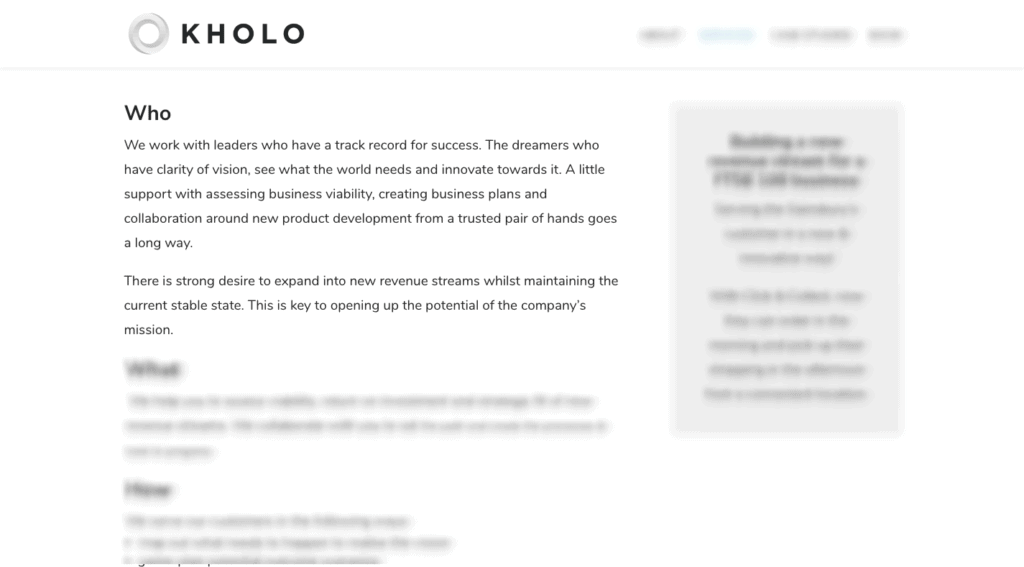
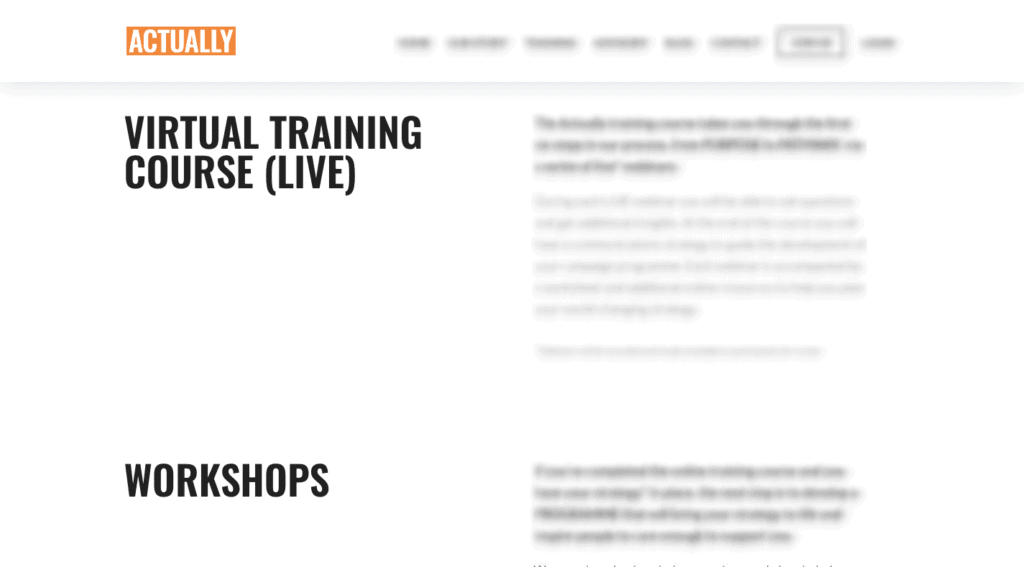
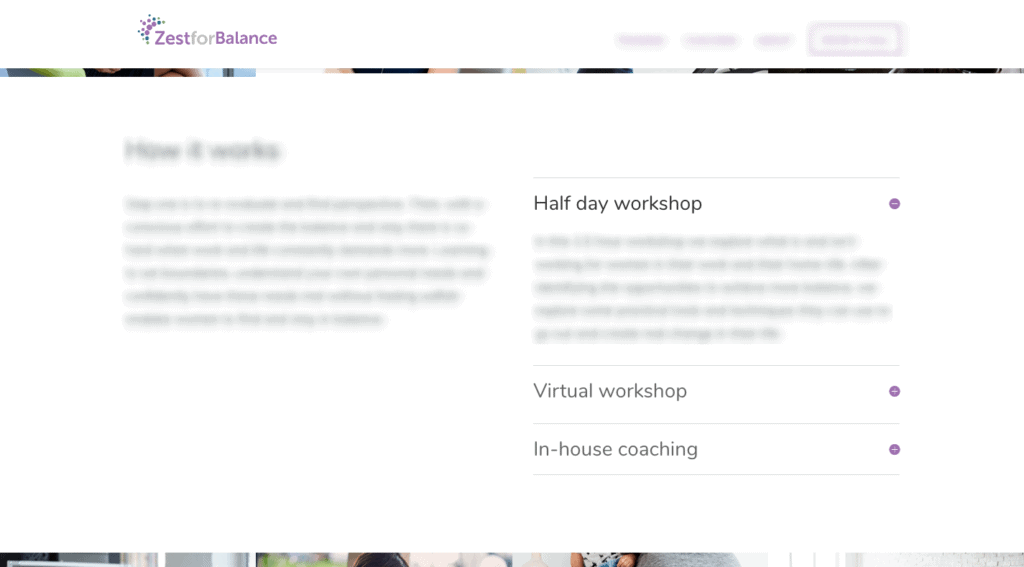
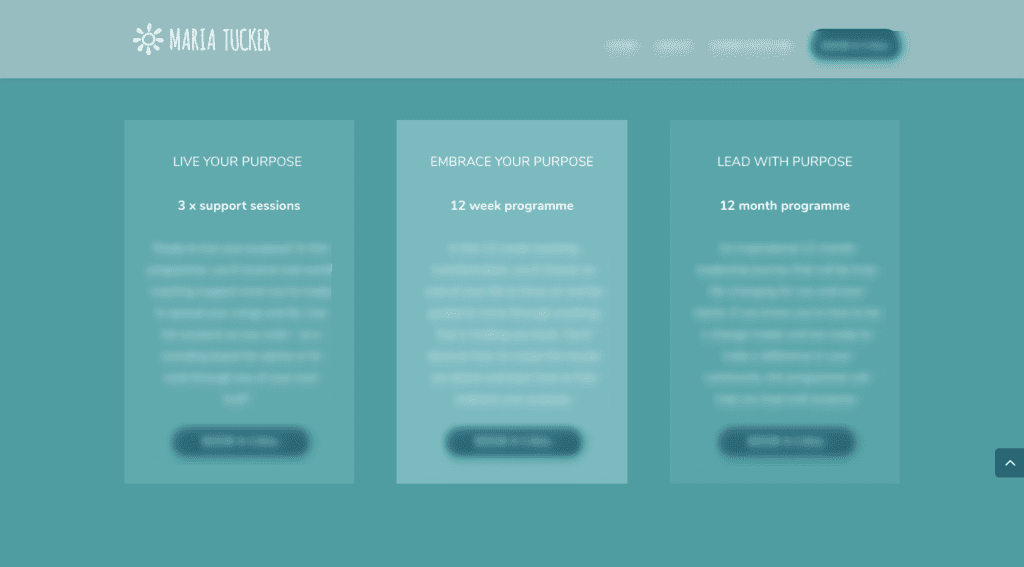
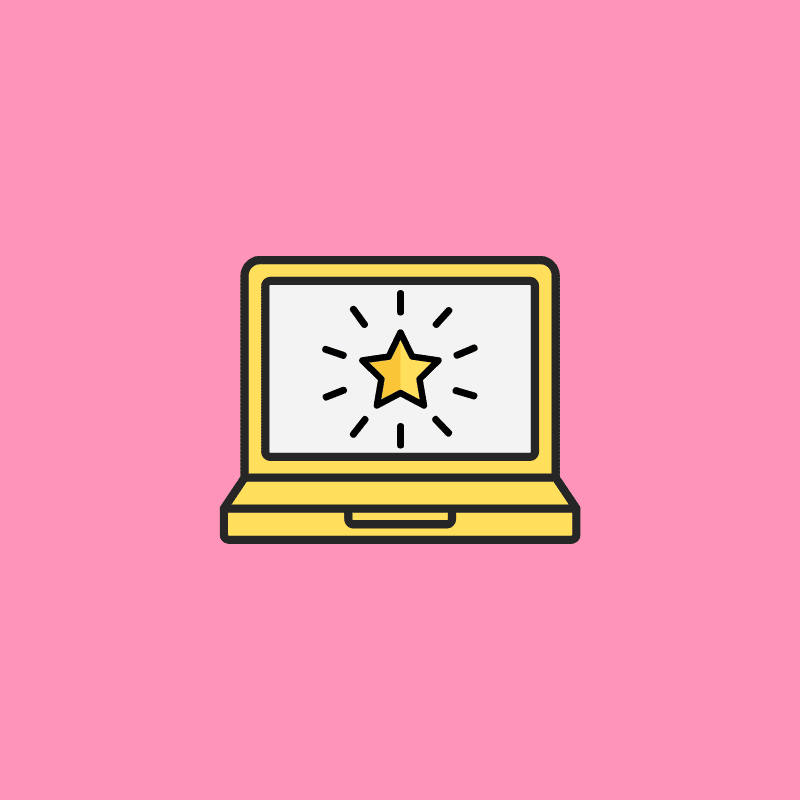


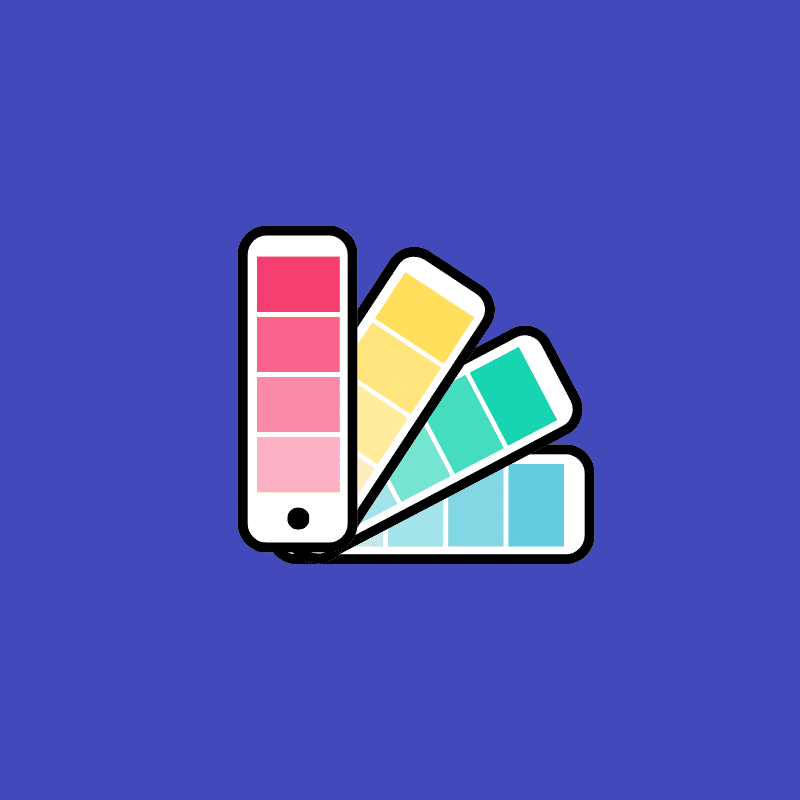


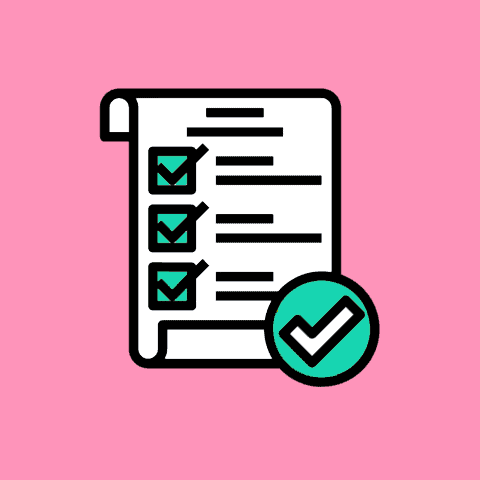

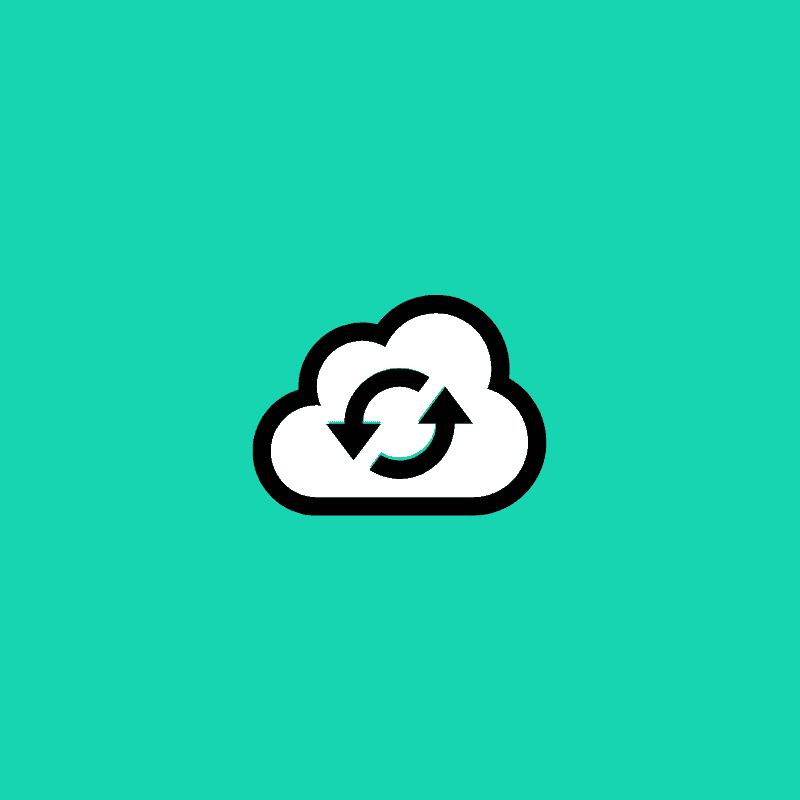
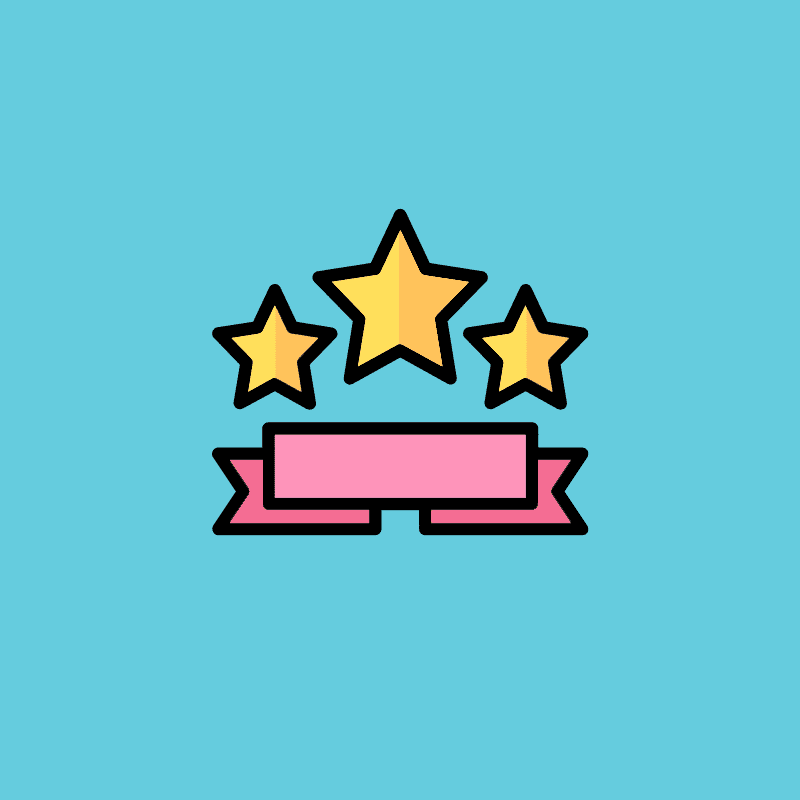
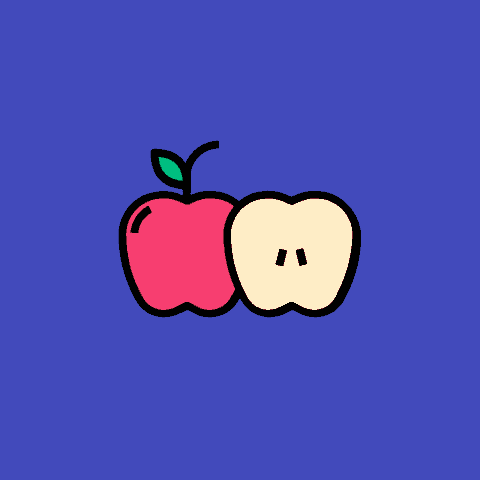

0 Comments